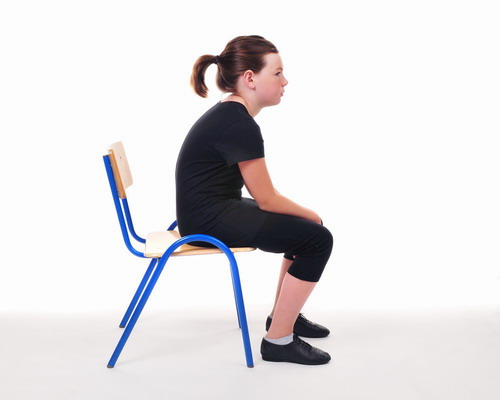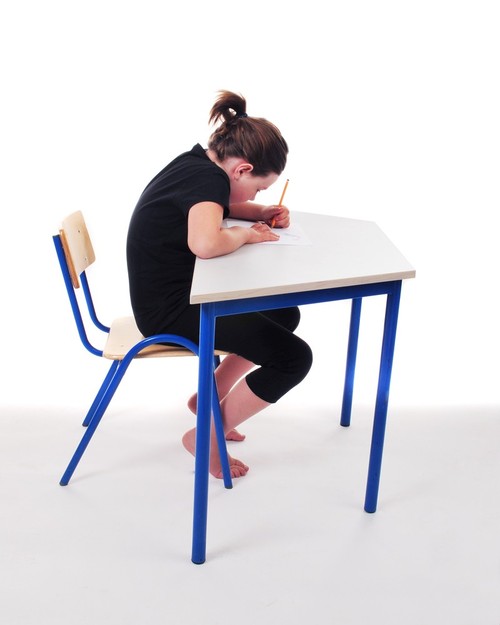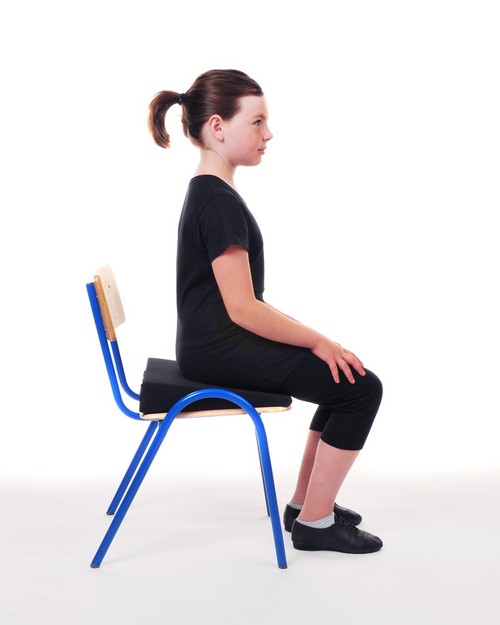Monthly Archives: March 2012
An Unexpected Lesson in Inhibition & End-gaining
Successful Alexander Technique Fundraising Workshop
Women’s Alexander Technique Workshop raises £265 in Aid of Mary on the Green charity
I am pleased to say that the Women’s Workshop that I held on March 10th in the Newington Green Unitarian Church raised £225 for Newington Green Action Group’s Mary on the Green campaign. When Gift Aid has been added to these donations, we will have made something like £265! This is the second successful workshop that I have run to raise money for this project.
This money will go towards erecting a memorial to Mary Wollstonecraft, the pioneering feminist who was associated with Newington Green in the 1790s.
Many thanks to Rev, Andy Pakula for allowing us to use the Upper Schoolroom at the Church for the workshop.
Thanks also to Susan Brennan for assisting me at the Workshop, helping to make it a successful and enjoyable morning’s teaching.
UPDATE
A Sculpture for Mary Wollstonecraft was erected on Newington Green N16, in November 2020. The sculptor was the world famous artist Maggie Hambling.
https://en.wikipedia.org/wiki/A_Sculpture_for_Mary_Wollstonecraft
How do You Choose a Computer from an Alexander Perspective?
An Alexander Technique Perspective on How to Choose a Computer
Regaining Control of the Voice
Nikolaas Tinbergen, Nobel Laureate on FM Alexander’s Work


